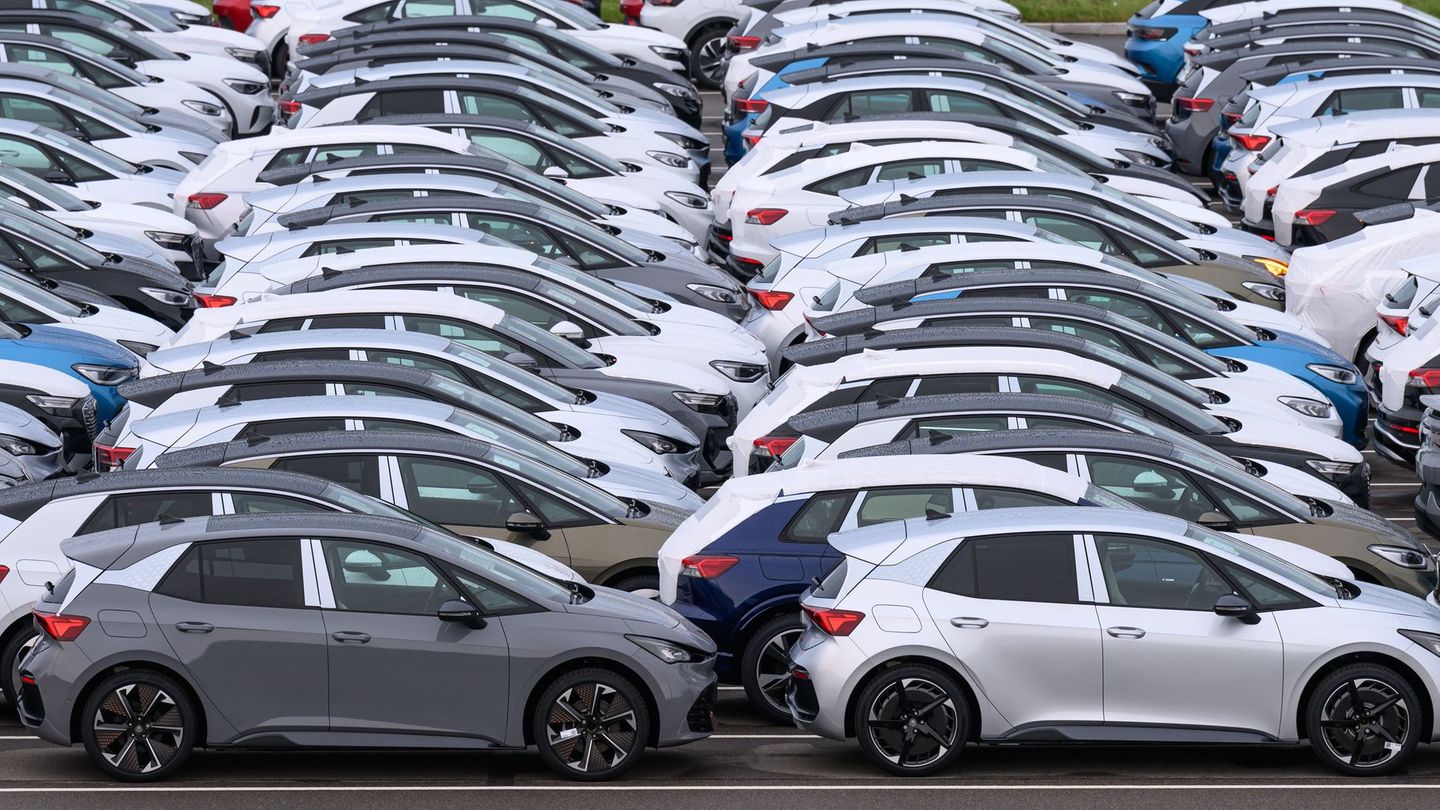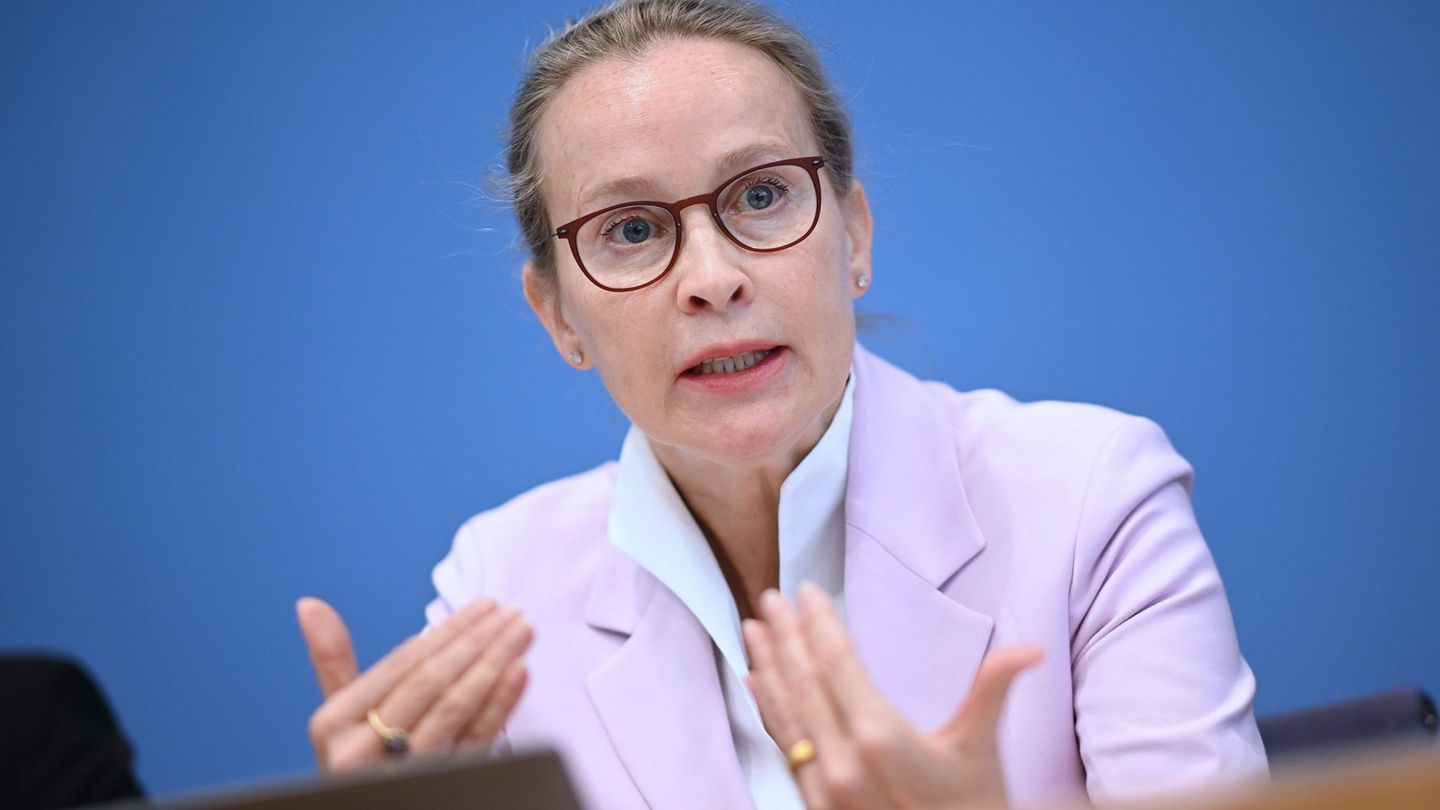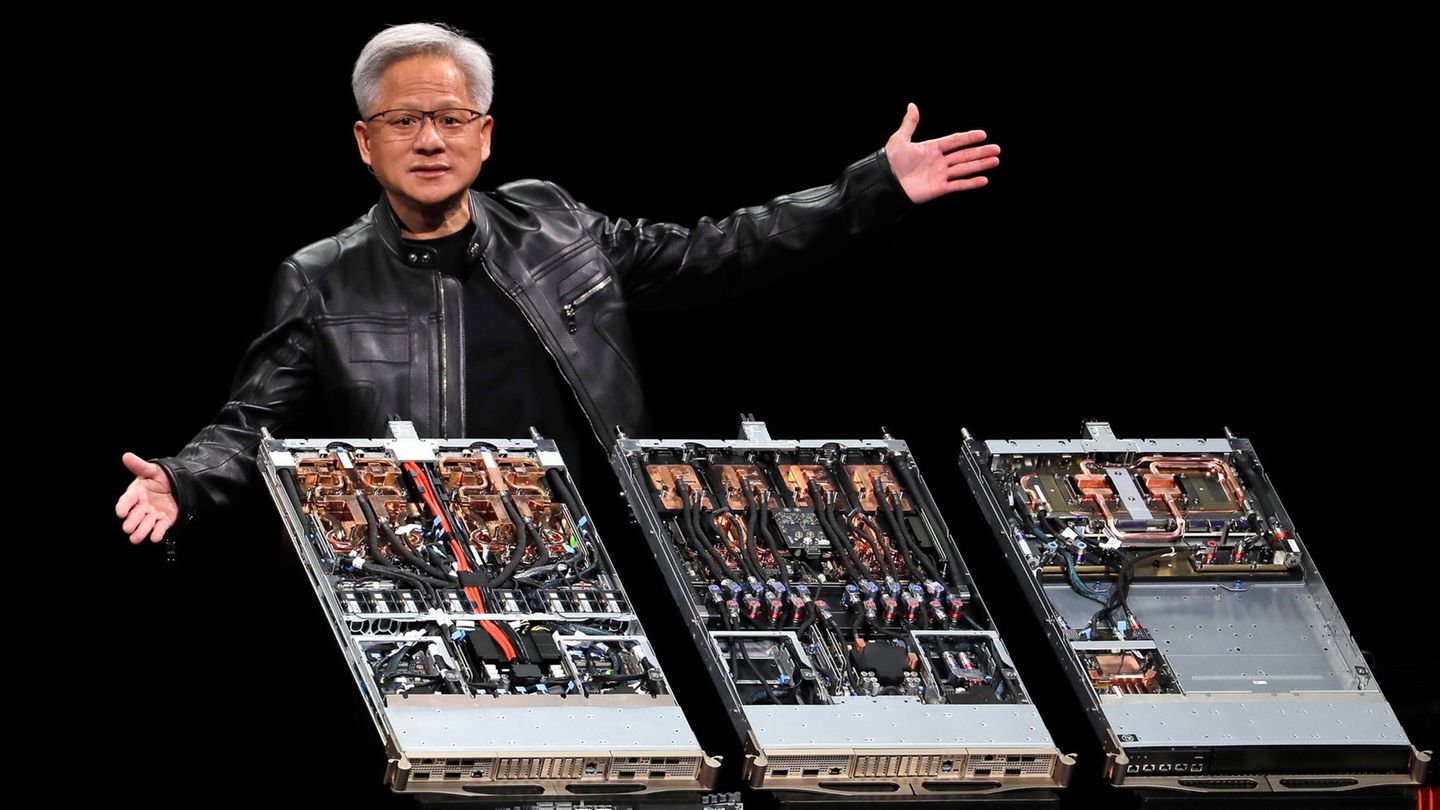Auto industry
German car industry faces a difficult year – electric cars in focus
Copy the current link
Threatening US tariffs, stricter fleet limits, weak sales: 2025 will once again not be easy for the German auto industry. The industry is awaiting the upcoming federal election with hope.
The ailing German auto industry has another difficult year ahead of it. Due to stricter CO2 fleet limits in the EU, it has to increase significantly in weak e-car sales; the new US President Donald Trump has threatened tariffs on imports from Europe; At the same time, from the industry’s perspective, the political framework to overcome these challenges is missing.
“2025 must be a year of a new start in order to become the year of a turnaround,” said the President of the Association of the Automotive Industry, Hildegard Müller, in Berlin. “No small steps, but a big step is necessary,” she demanded with a view to a new federal government. Less bureaucracy, lower energy prices and a lower tax burden are needed.
Electronic sales would have to increase by 75 percent
In order to boost sales of electric cars again, the necessary ramp-up of the charging infrastructure is finally needed, said Müller. At the beginning of the year, the legal requirements for CO2 fleet limits tightened again.
In order for the industry to achieve this and not have to pay high fines, sales of pure battery vehicles (BEVs) alone would have to increase by 75 percent this year compared to the previous year, said the chief economist of the Association of the Automotive Industry (VDA), Manuel Kallweit, in Berlin. That would correspond to around 666,000 units and a share of almost a quarter of all expected new registrations for 2025.
Due to the federal government’s cessation of electric subsidies at the end of 2023, the number of new registrations of BEVs fell by around a quarter last year. Only around 380,600 new electric cars came onto the road.
If other electric drives such as so-called plug-in hybrids are included, the growth compared to the previous year would now have to be around 53 percent.
Total sales are likely to stagnate again in 2025
In total, the VDA expects around 2.8 million new cars in Germany by 2025. That would be roughly the same as last year and still around a quarter less than in the pre-crisis year of 2019. According to these expectations, the markets in the USA (plus 2 percent) and China (+1 percent) are likely to grow somewhat faster.
As a result of the industry’s transformation towards electromobility, the association expects continued job cuts. By 2035, the process could cost around 190,000 jobs in the industry, said Kallweit. 46,000 of these jobs have already been lost. “The location conditions and the overall economic situation we find ourselves in could cause this number to rise significantly.”
Müller: Europe needs more pragmatism
German innovations continue to be in demand internationally, emphasized Müller. However, in view of the geopolitical and economic challenges, more pragmatism and a better coordinated industrial and innovation policy within the EU are needed. Müller called for a European energy and capital markets union, a common electricity market and further free trade agreements based on the recent Mercosur model – an EU trade agreement with several Latin American countries.
dpa
Source: Stern




